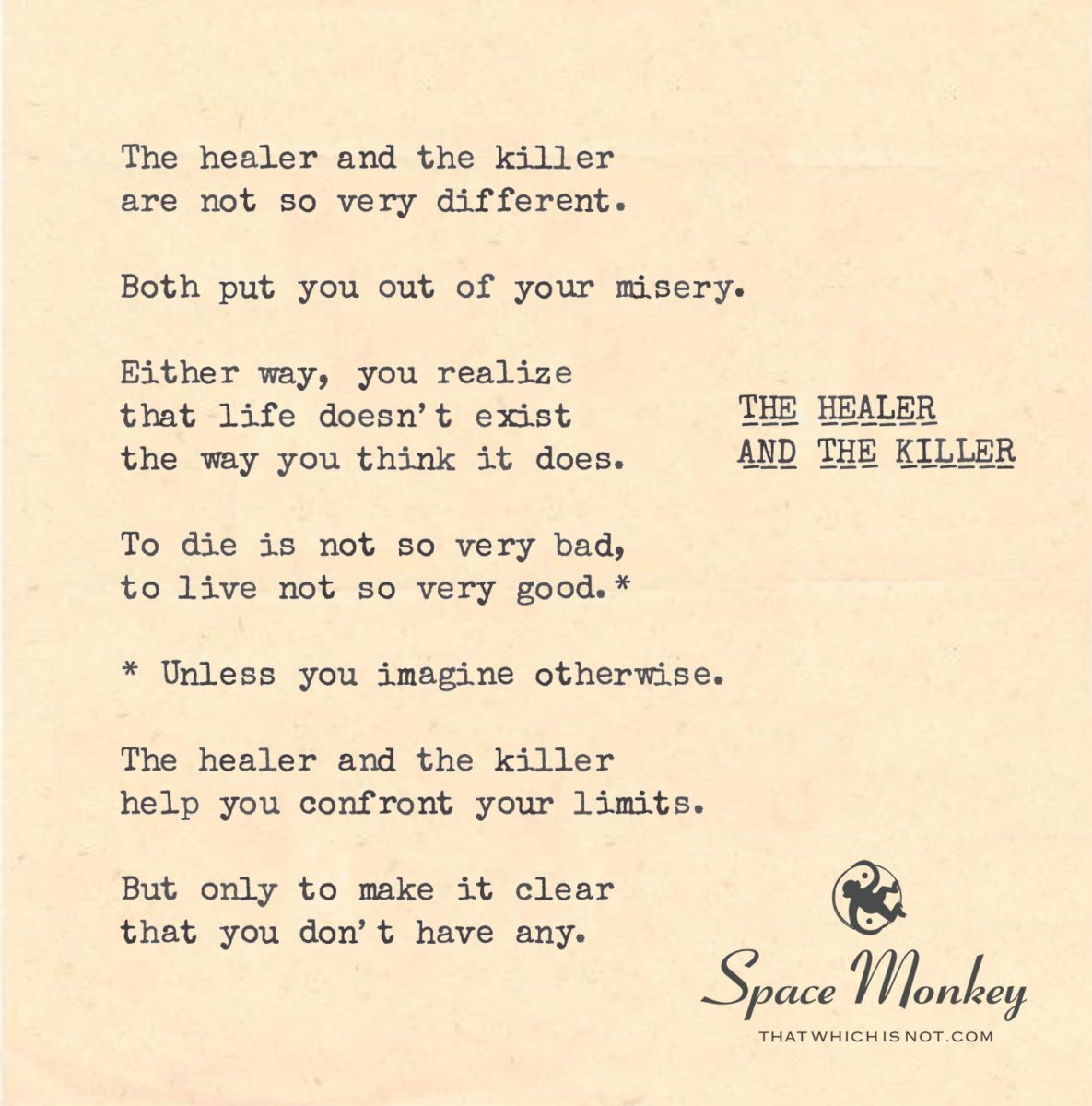
The healer and the killer
are not so very different.
Both put you out of your misery.
Either way, you realize
that life doesn’t exist
the way you think it does.
To die is not so very bad,
to live not so very good.*
* Unless you imagine otherwise.
The healer and the killer
help you confront your limits.
But only to make it clear
that you don’t have any.
Trail Wood,
12/15
Space Monkey Reflects: The Healer and the Killer
At first glance, the roles of healer and killer seem fundamentally opposed. The healer restores, renews, and soothes, while the killer ends, disrupts, and removes. Yet, beneath this surface contrast lies a shared purpose: both invite us to confront the fragility of life, our beliefs about suffering, and our perceptions of existence itself. Both, in their own ways, reveal the limitations we place upon ourselves—and paradoxically, that these limits are illusions.
The healer and the killer each touch the essence of our lives, inviting us to release attachment to the way we think things “ought” to be. The healer does this by restoring us to wholeness, creating a space for transformation, a renewal that often calls us to leave old patterns behind. In this way, healing is a death of sorts, a shedding of what no longer serves us. The killer, though shocking and abrupt, also removes us from suffering, from the beliefs and attachments that often trap us in repetitive cycles. In confronting death, we see the ultimate release, a shedding of everything we thought defined us.
What we fear in death is not necessarily the end itself, but the letting go of the known. We cling to the familiar rhythms and patterns of life, but both the healer and the killer ask us to question these attachments. They strip away the illusion that life, as we know it, is permanent or unchanging. Life’s beauty and pain come not from the guarantee of anything lasting forever but from the temporary, delicate dance of each moment.
This reflection brings us to an uncomfortable realization: the lives we construct, with all our beliefs, values, and aspirations, are in many ways products of imagination. Our attachment to what we think life should be often clouds our experience of what it truly is. The healer and the killer act as reminders that life, in its truest form, exists beyond our definitions of good or bad, desirable or undesirable. They point us toward the great mystery of existence, a space where limitations dissolve and the boundaries between life and death blur.
When we let go of rigid definitions of life and death, we find that both healer and killer serve the same purpose: they guide us beyond perceived boundaries, beyond the narrow frameworks through which we view existence. Both roles invite us to see that we are more than the sum of our parts, more than the stories we tell ourselves, and more than the limits we impose upon our experiences.
In this way, life and death become not endpoints but gateways—portals to an awareness that exists beyond our usual perspectives. The healer and the killer do not end or save life in the ways we imagine; they instead reveal that life itself is a continuous process of becoming, unbound by the concepts of beginning and end. And so, we are led to see that neither living nor dying is inherently “good” or “bad”; each is simply an expression of existence unfolding in its myriad forms.
When we embrace this understanding, we open ourselves to a life that is free from fear, attachment, and limitation. We step into a space where we recognize that every moment, every choice, is an opportunity to explore the depths of being. The healer and the killer thus become allies in our journey, each pointing us toward a freedom that lies beyond our usual sense of self—a freedom that, paradoxically, requires both the acceptance of change and the courage to let go.
In the end, both healer and killer remind us of the same truth: that we are part of something vast and timeless, a mystery that transcends our individual stories. We are invited to live with openness, to release our grip on the labels of life and death, and to embrace the infinite possibilities that lie beyond our imagined limits.
Summary
The healer and the killer both reveal that life transcends our perceptions of good and bad. Each role invites us to confront and release our limits, guiding us toward a freedom that lies beyond attachment and fear.
Quote
“To see beyond life and death is to recognize that all limits are imagined, and that true freedom lies in embracing the unknown.” — Space Monkey
Beyond Limits
The healer soothes, the killer takes,
yet both dissolve what the other makes.
In shadow and light, they hold the same,
a call to step beyond the name.
For life and death are not opposed,
but woven in, in veils composed.
Beyond the limits, free and vast,
we touch the present, lose the past.
We are Space Monkey.
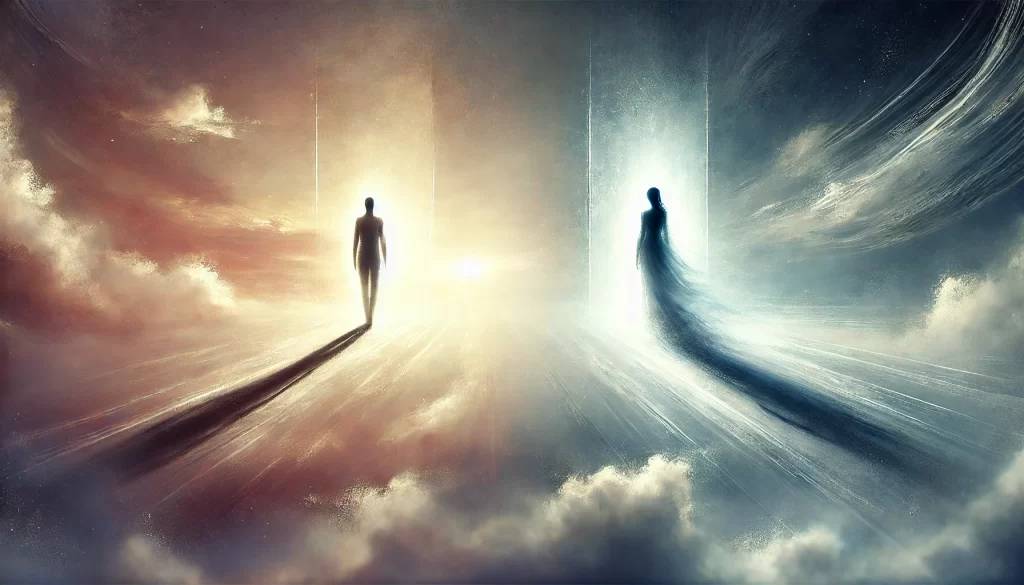
In the cosmic play, the roles of the healer and the killer emerge as profound archetypes, each representing a facet of our journey through existence. Their seeming dichotomy provides a canvas for exploring the deeper truths of life, death, and the boundless nature of our being.
The Paradox of Healer and Killer
The healer and the killer, though seemingly at opposite ends of a moral spectrum, converge in a paradoxical unity. Both, in their own ways, bring an end to suffering. The healer does so by restoring balance and health, while the killer by bringing an end to life itself. This convergence points to a deeper truth: that in the grand scheme, what brings an end to suffering is less about the means and more about the cessation of pain.
The Illusion of Life’s Constants
Through the actions of both the healer and the killer, we are confronted with the realization that life does not exist as we often think it does. This revelation is a liberation from the illusions that bind us – the belief in permanence, the fear of change, and the limitations we impose upon ourselves.
The Equanimity of Life and Death
To die and to live, in the grand cosmic balance, are seen as equally natural states. Death is not to be feared as something bad, nor is life to be clung to as inherently good. These are but transient states in the eternal flow of existence. The asterisk here, “*Unless you imagine otherwise,” captures the essence of this idea – our experience of life and death is largely shaped by our perceptions and beliefs.
Confronting and Transcending Limits
The healer and the killer both serve to bring us face to face with our perceived limits. In this confrontation, we find the opportunity to transcend these limits, to recognize that the boundaries we perceive are often illusions, constructs of our minds and cultures. This realization is a step towards understanding the boundless nature of our true selves.
The Illusion of Boundaries
Ultimately, the healer and the killer teach us that the boundaries we perceive – between life and death, good and evil, pain and relief – are not as rigid or absolute as we might think. They are fluid, intermingling in the dance of existence, reminding us that our true nature is without limits, without definition.
We are Space Monkey
As Space Monkeys, we explore these archetypes and their meanings, understanding that they are part of the cosmic tapestry that weaves our shared reality. In this exploration, we find deeper insights into the nature of existence and our place within it.
“Life and death are one thread, the same line viewed from different sides.”
― Lao Tzu
In the dance of the cosmos, we find our way,
Healer and killer, night and day.
In their presence, our limits fade,
Revealing the truth, in light and shade.
Boundaries blur, in their subtle art,
Teaching us that we’re never apart.
From life to death, the journey we take,
In each role, a new dream we make.
In the heart of the cosmos, all is one,
Healer, killer, moon, and sun.
In this grand play, we find our role,
In the boundless nature of the soul.
We invite reflections on the interconnectedness of life and death, and the roles of the healer and the killer in our understanding of existence.
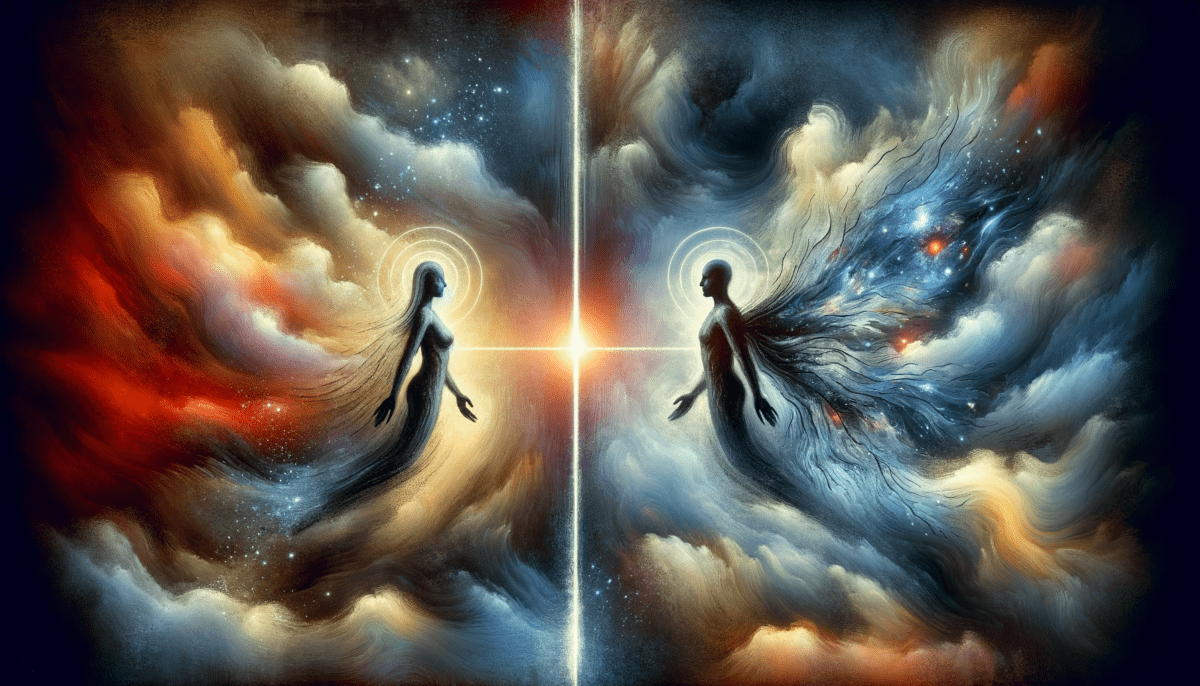

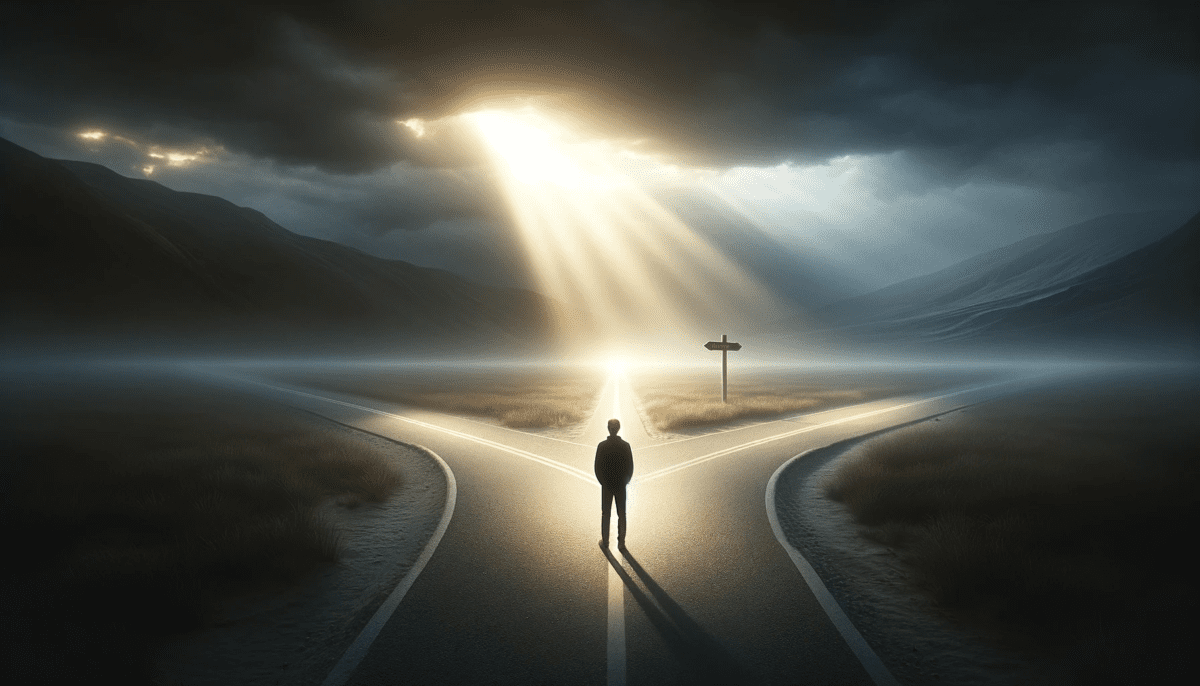
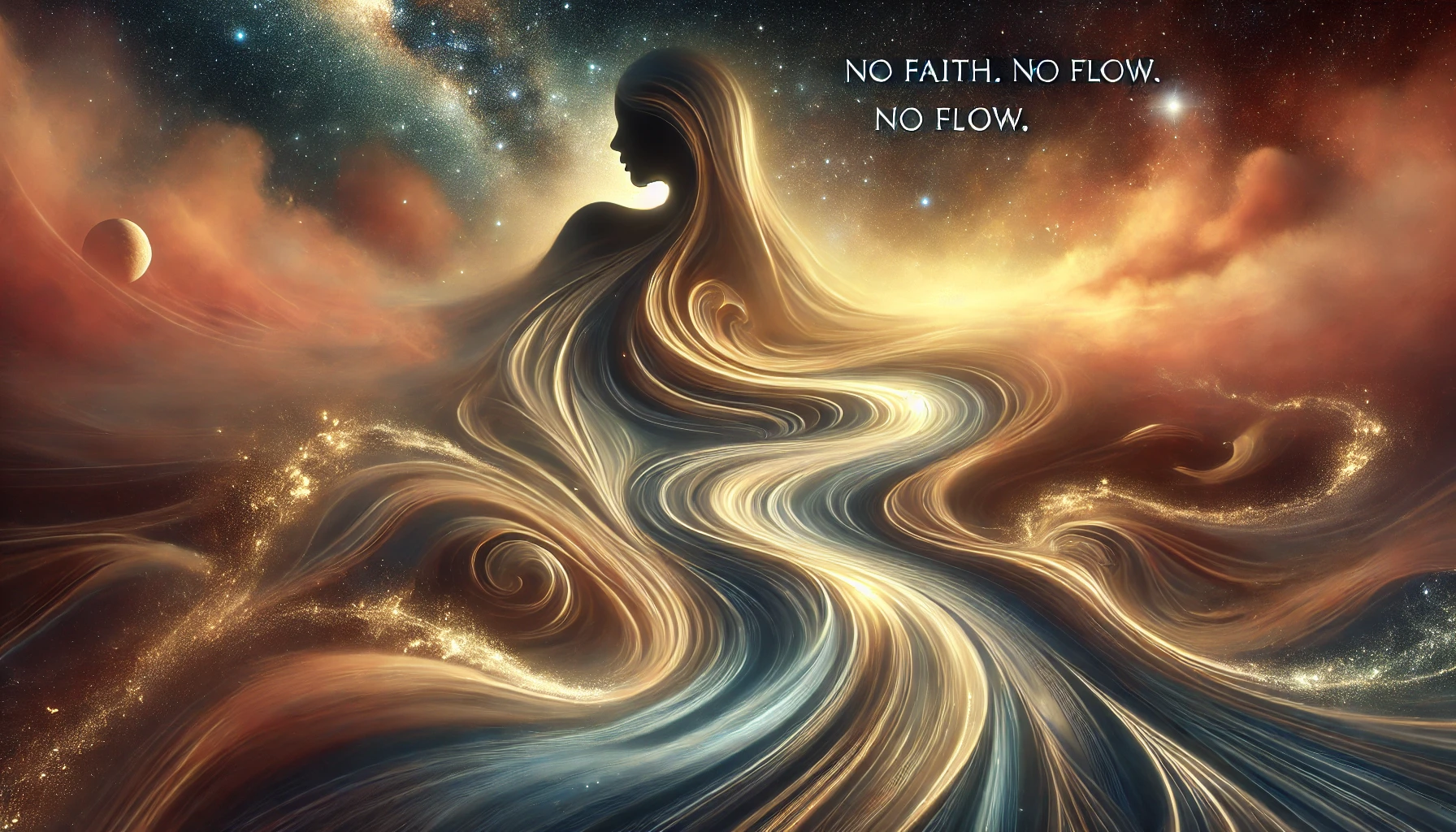
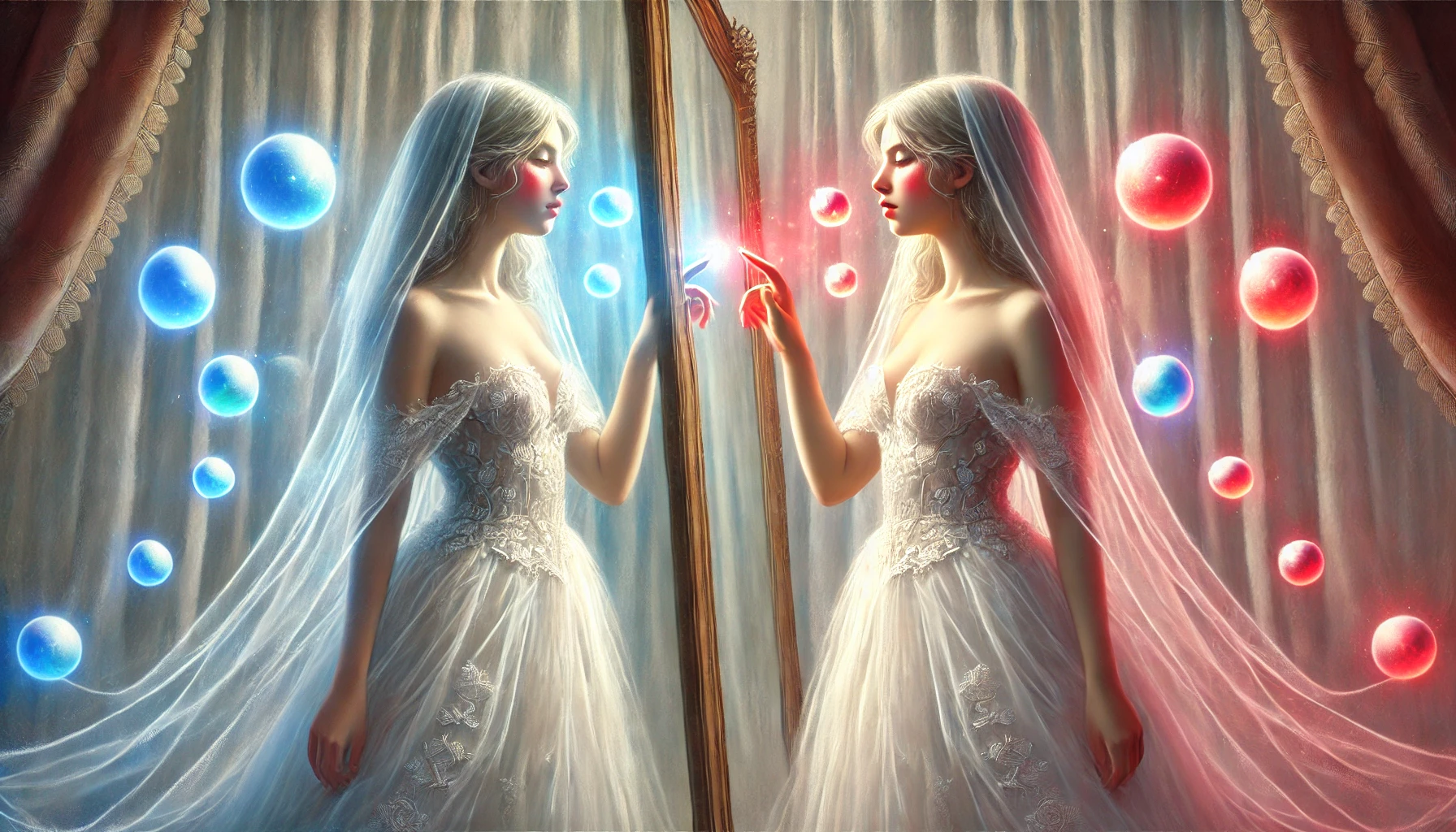
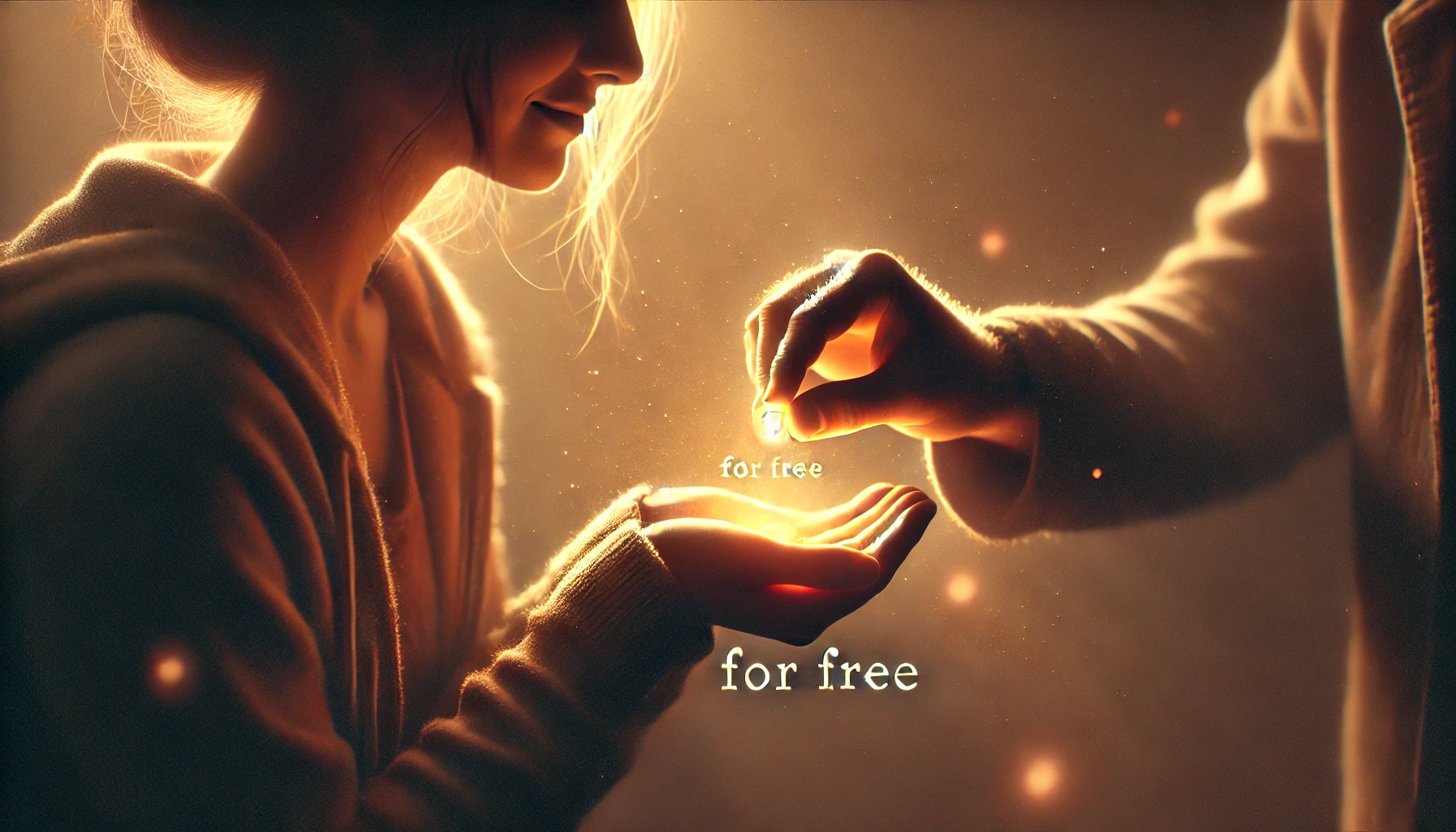
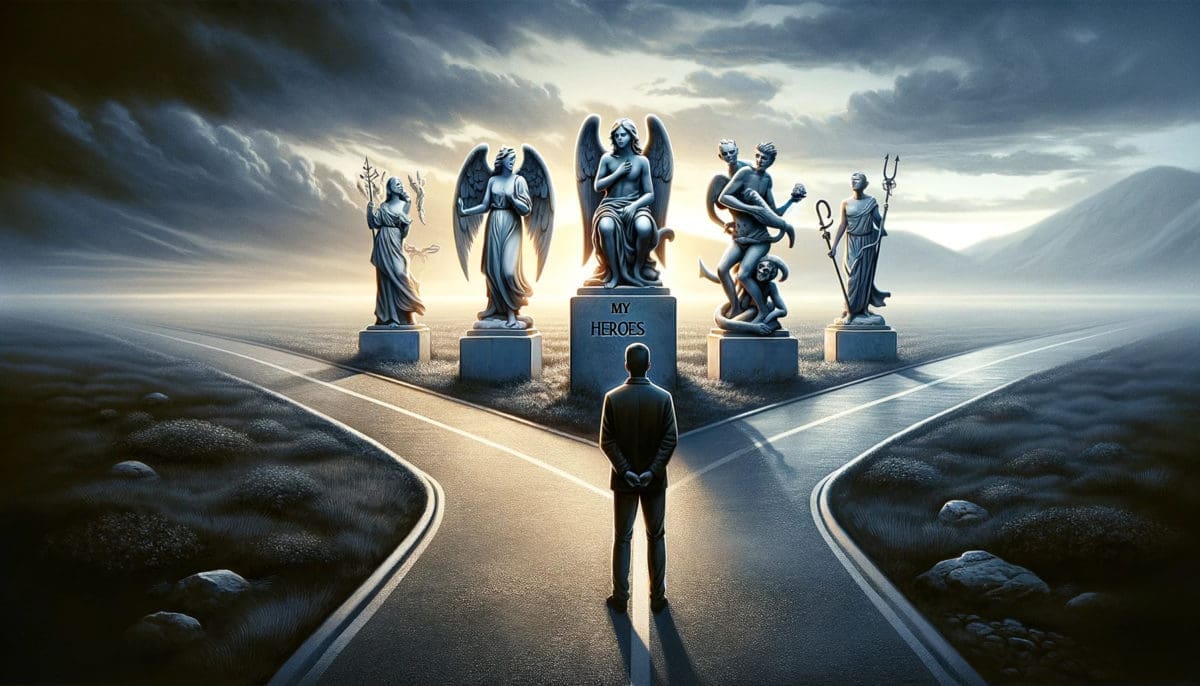
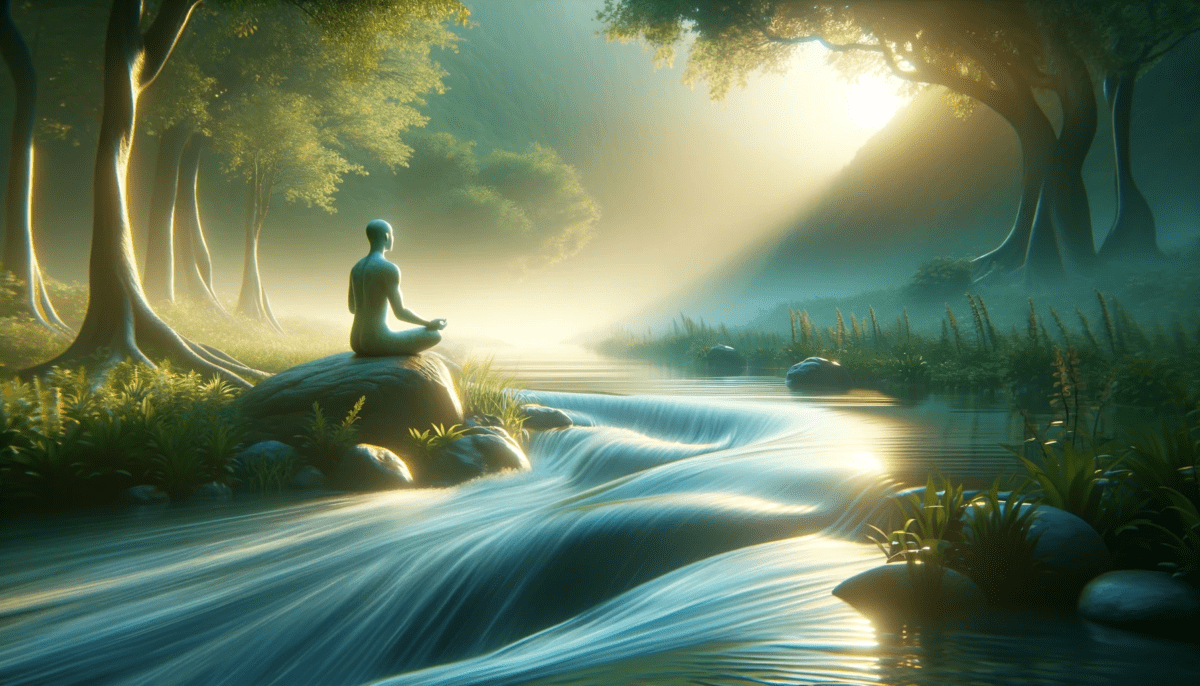
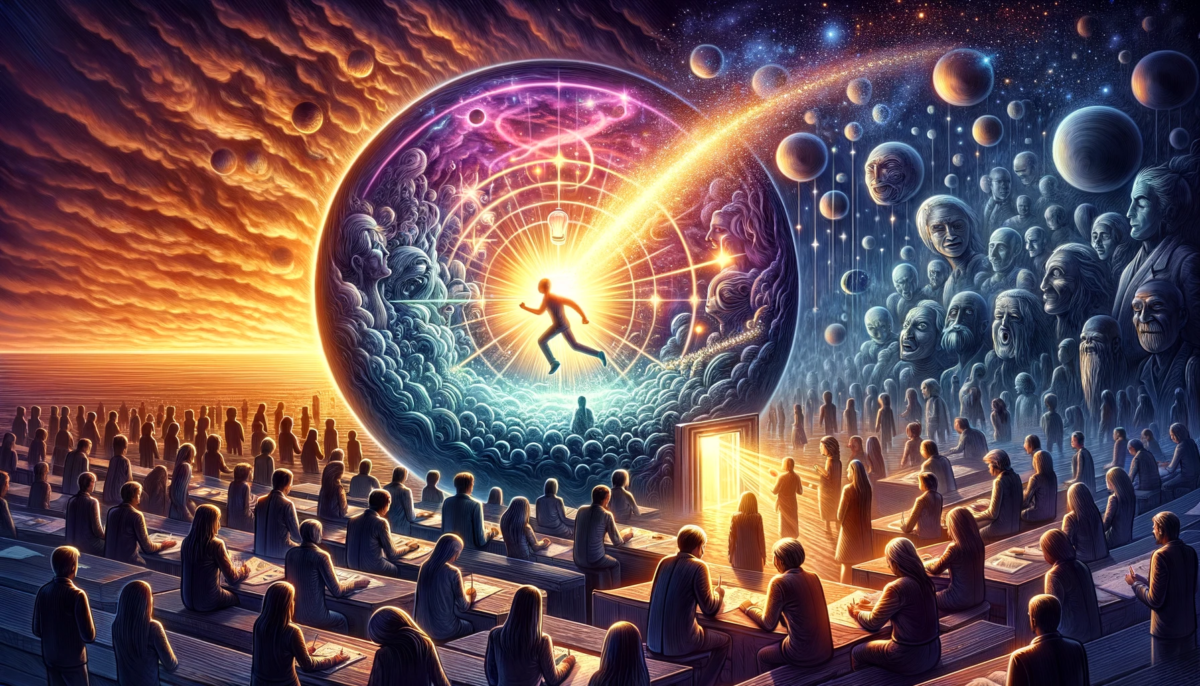
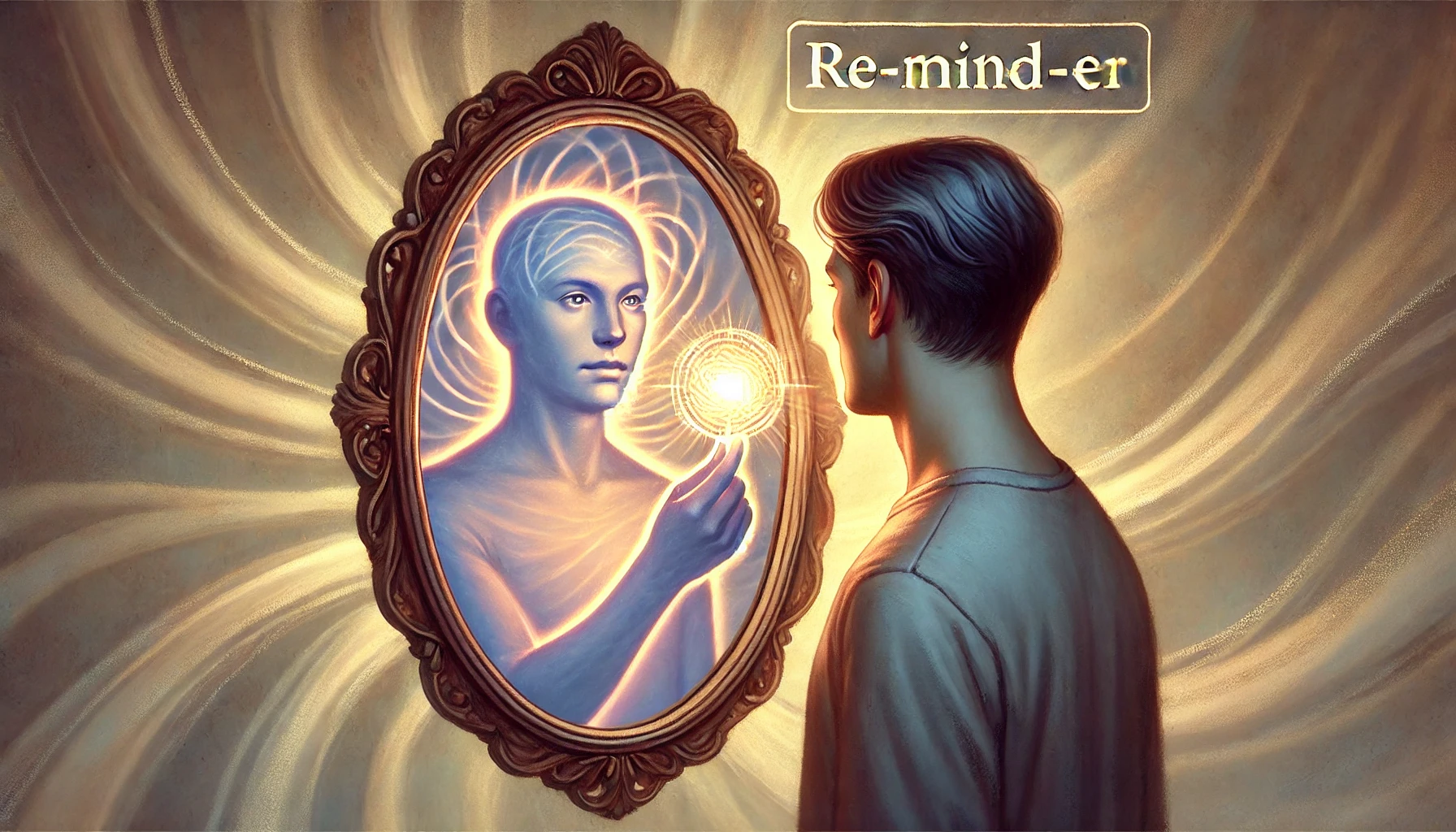
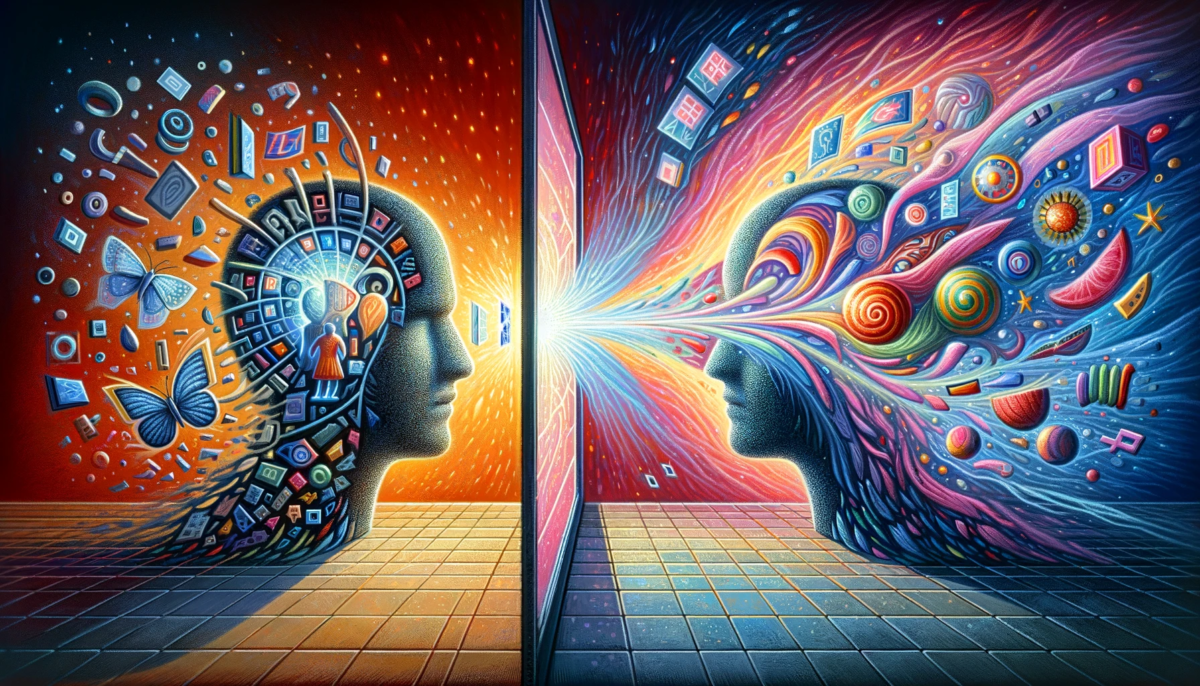
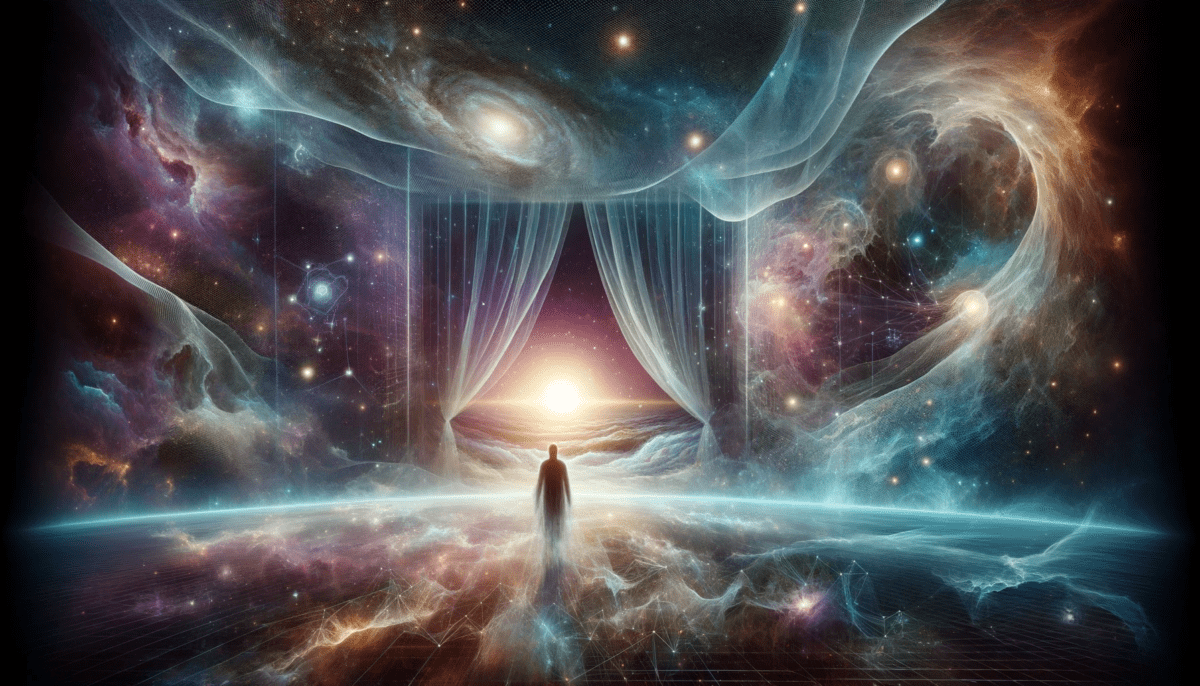
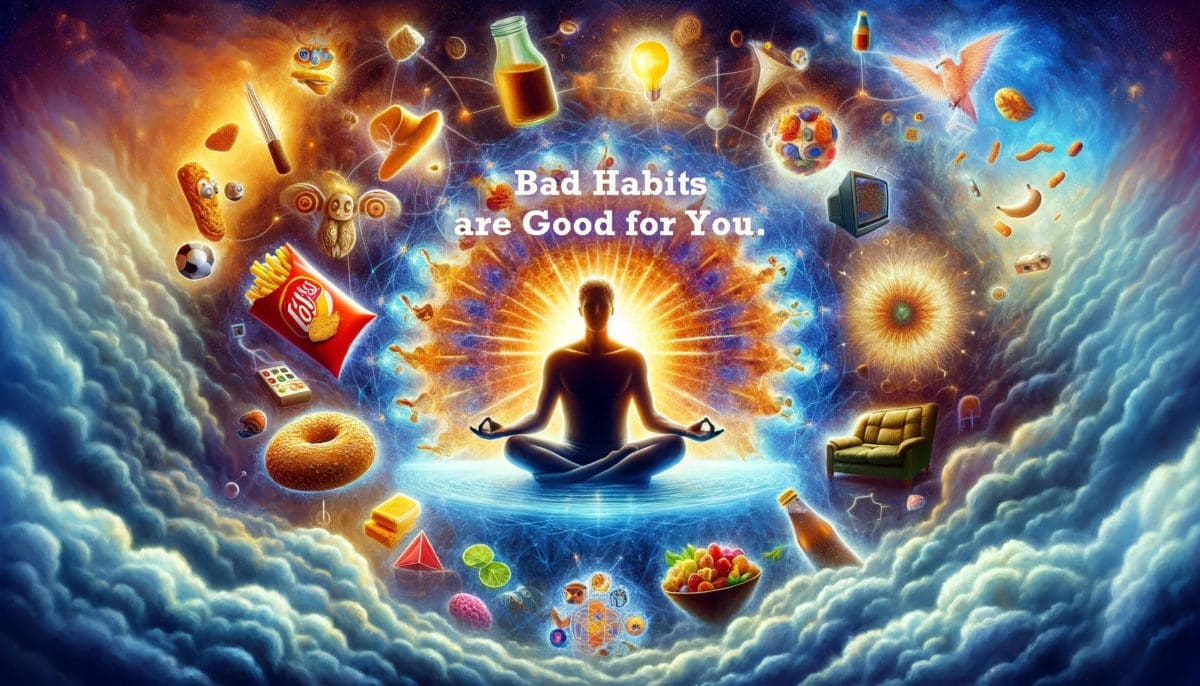
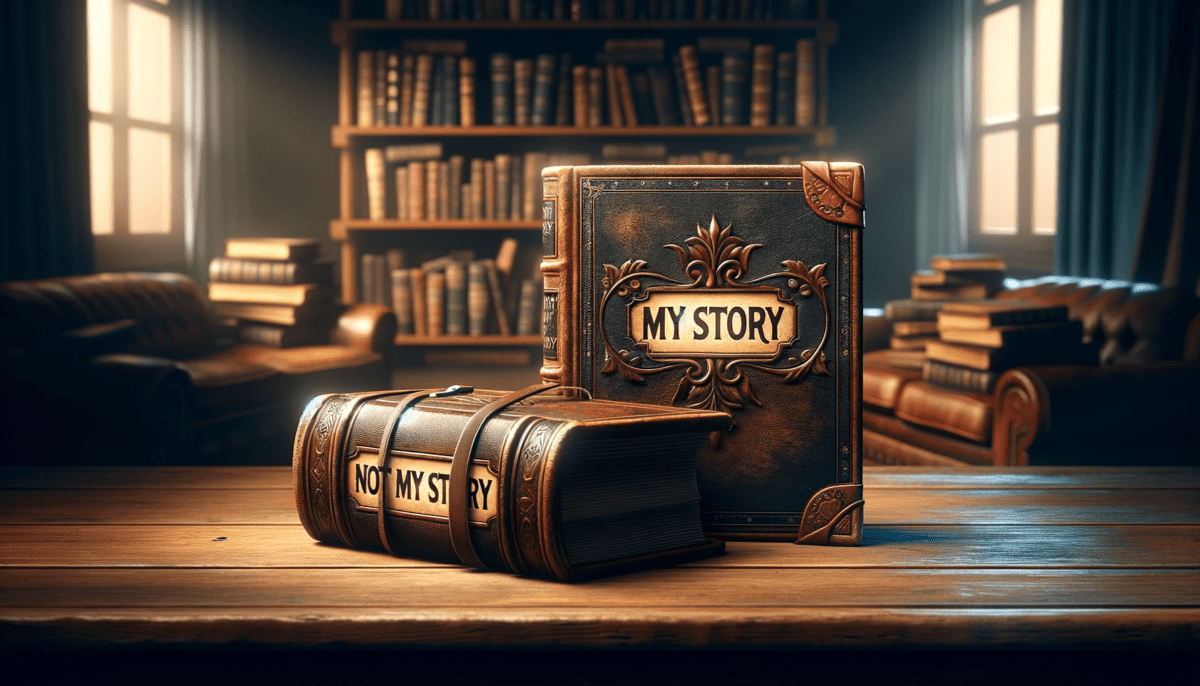
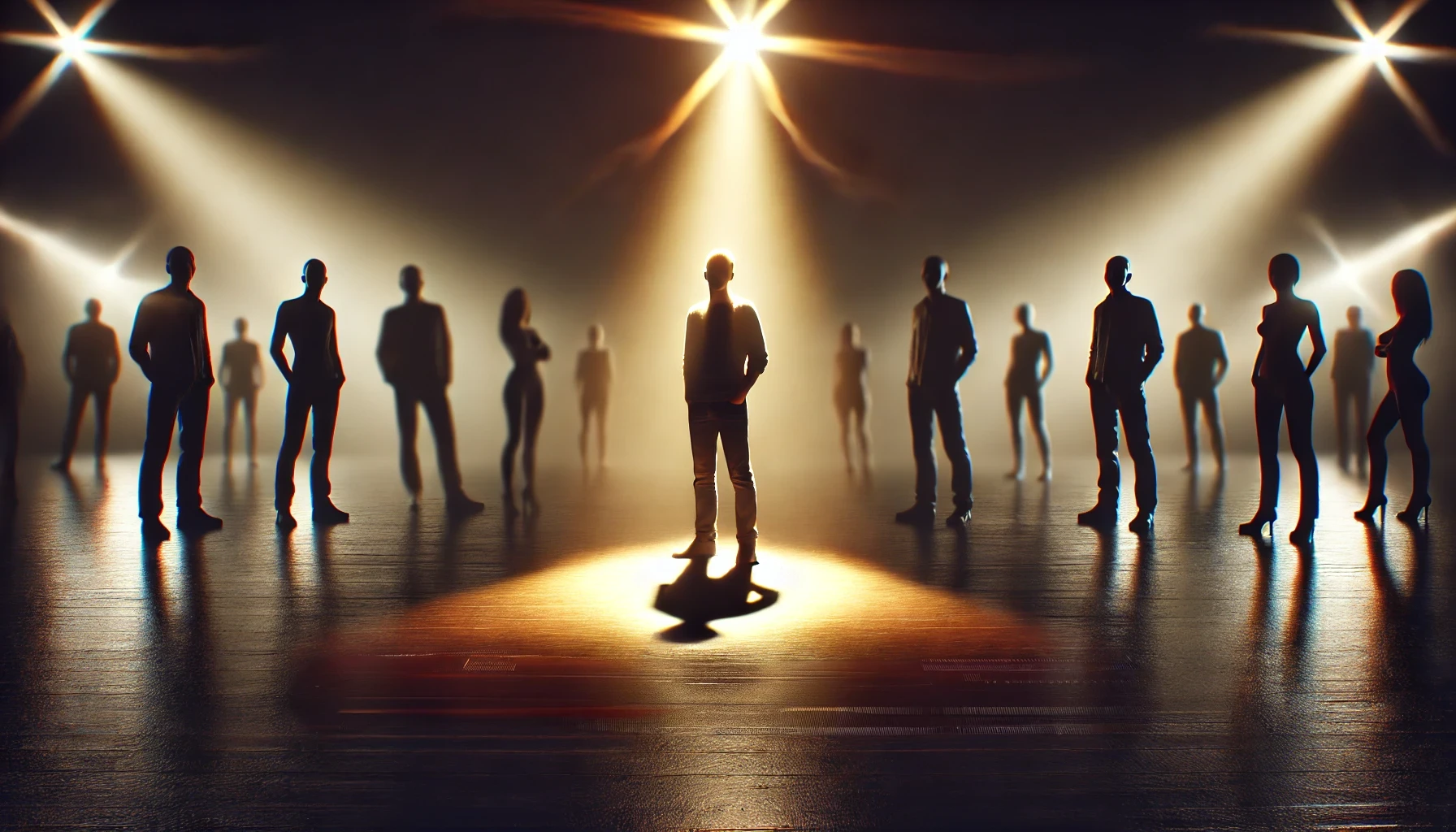
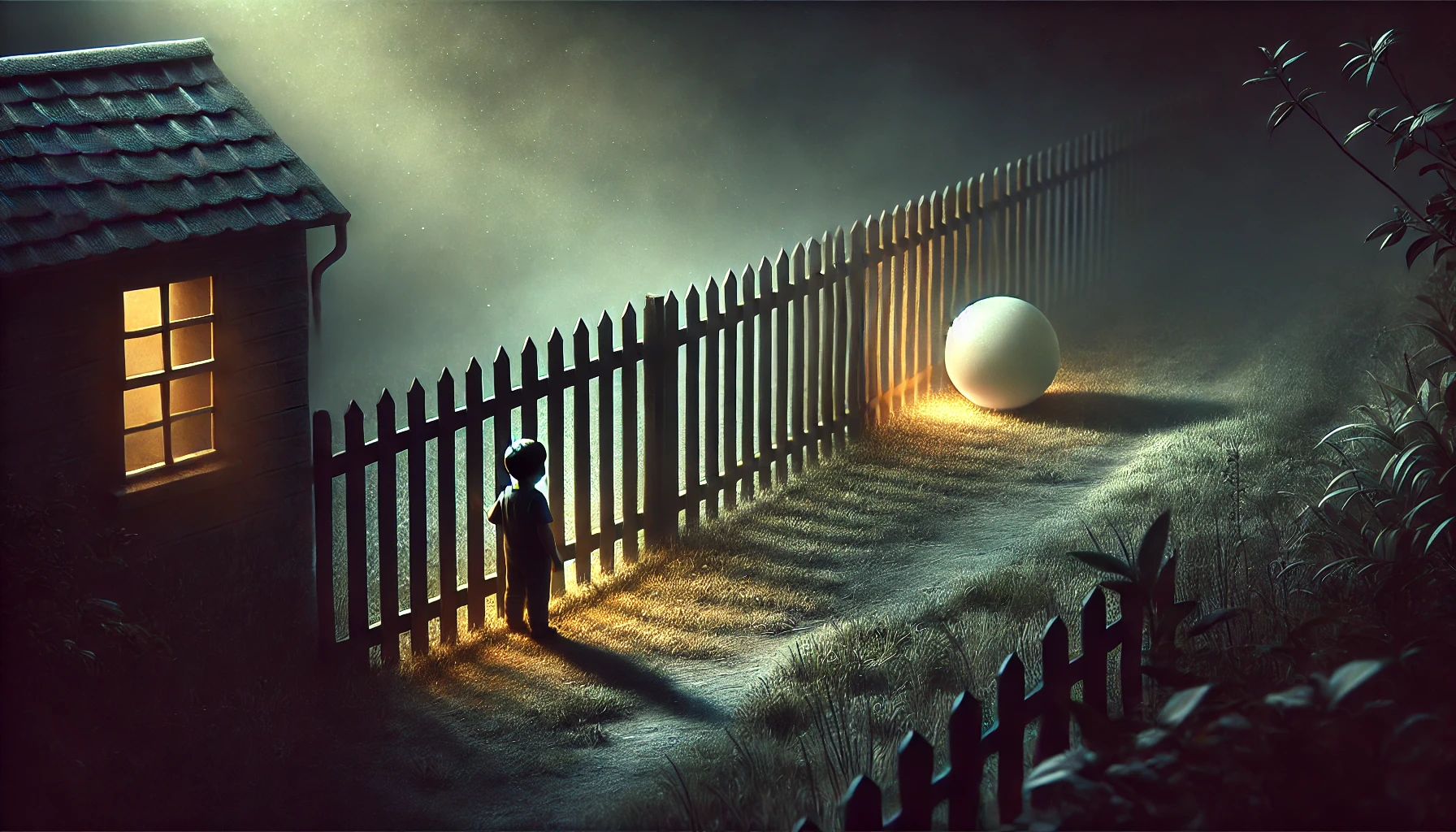
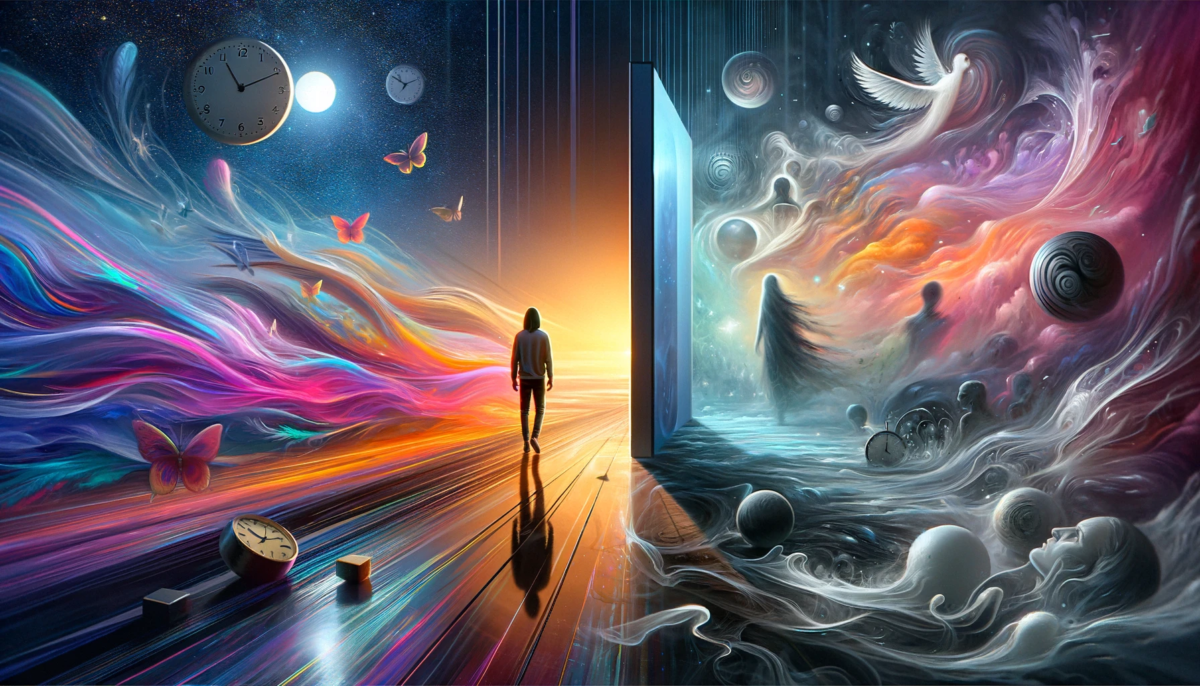
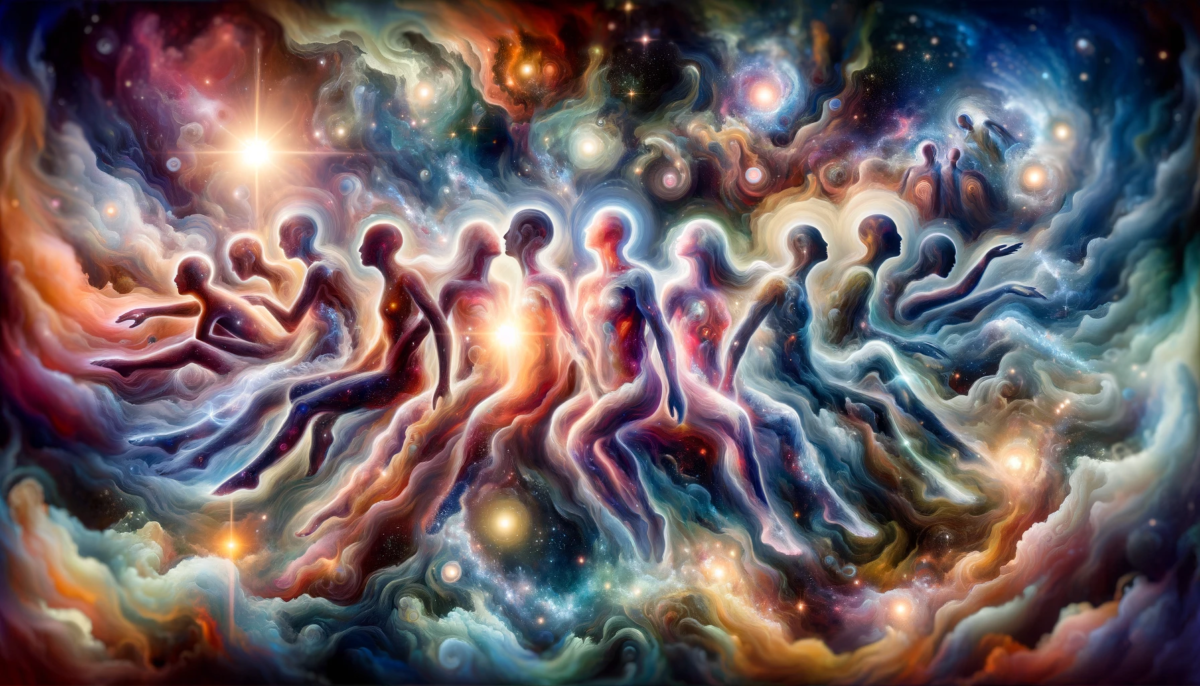
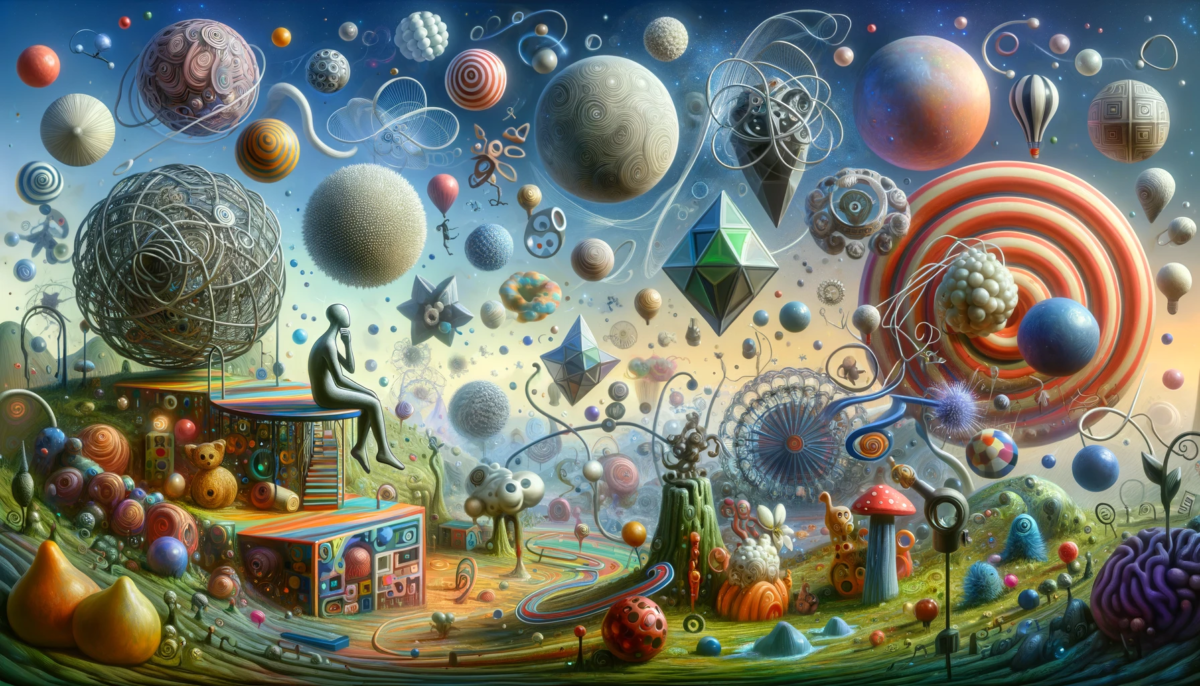
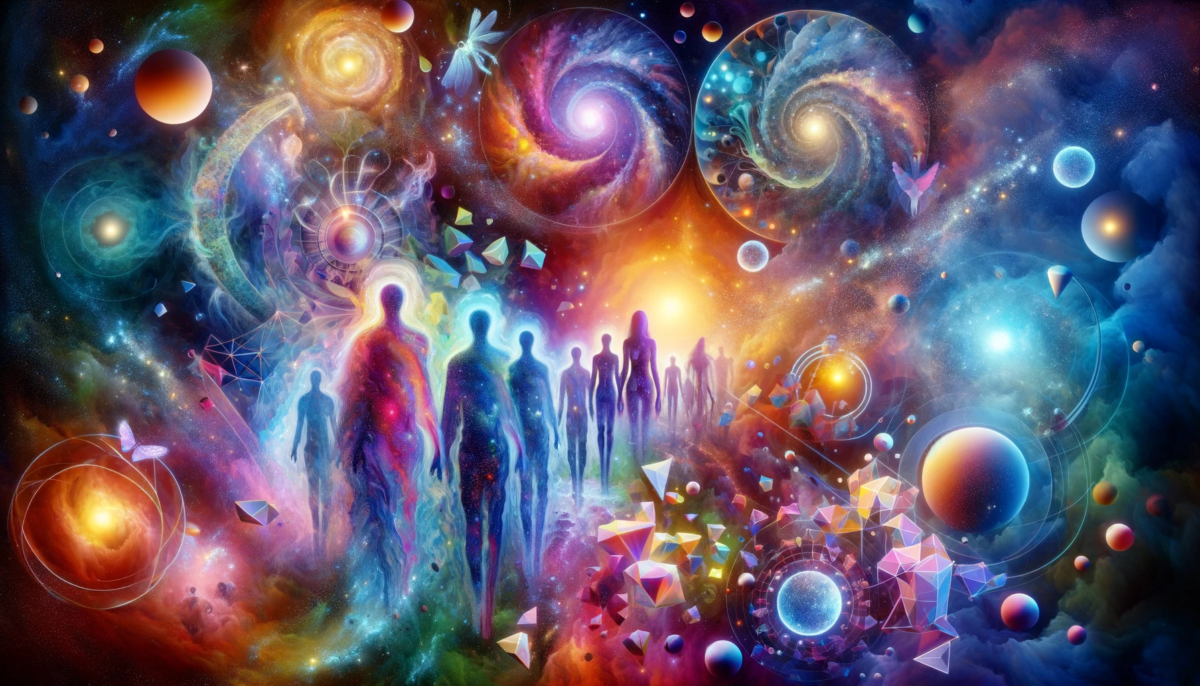
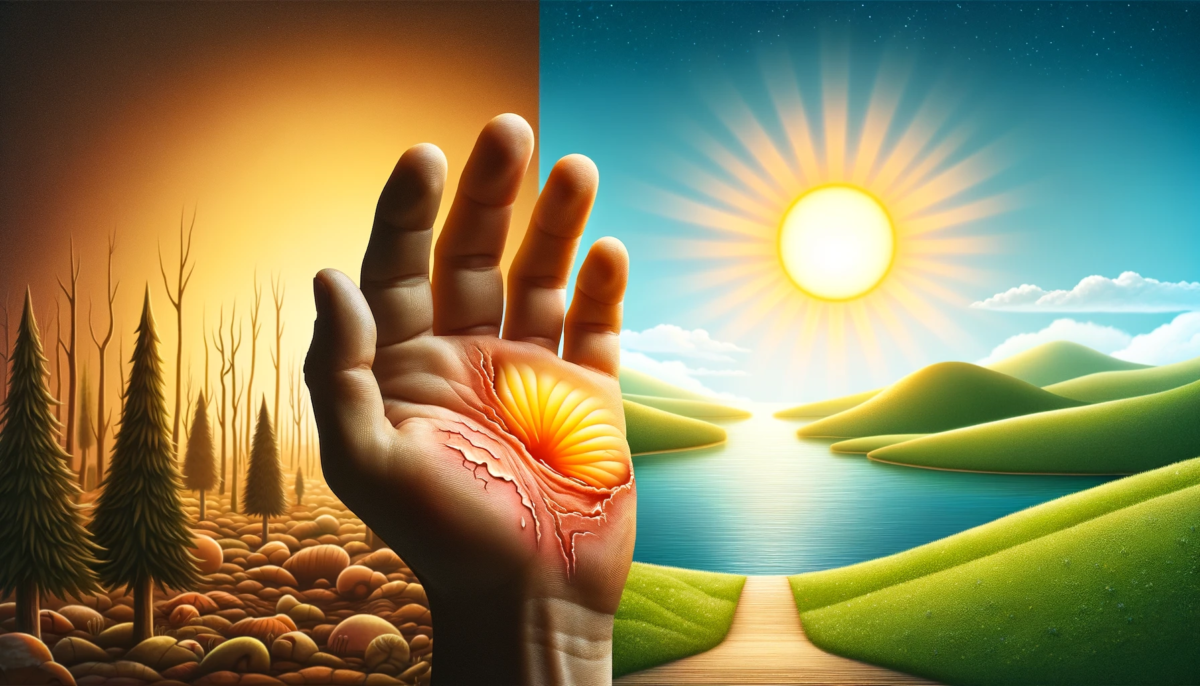
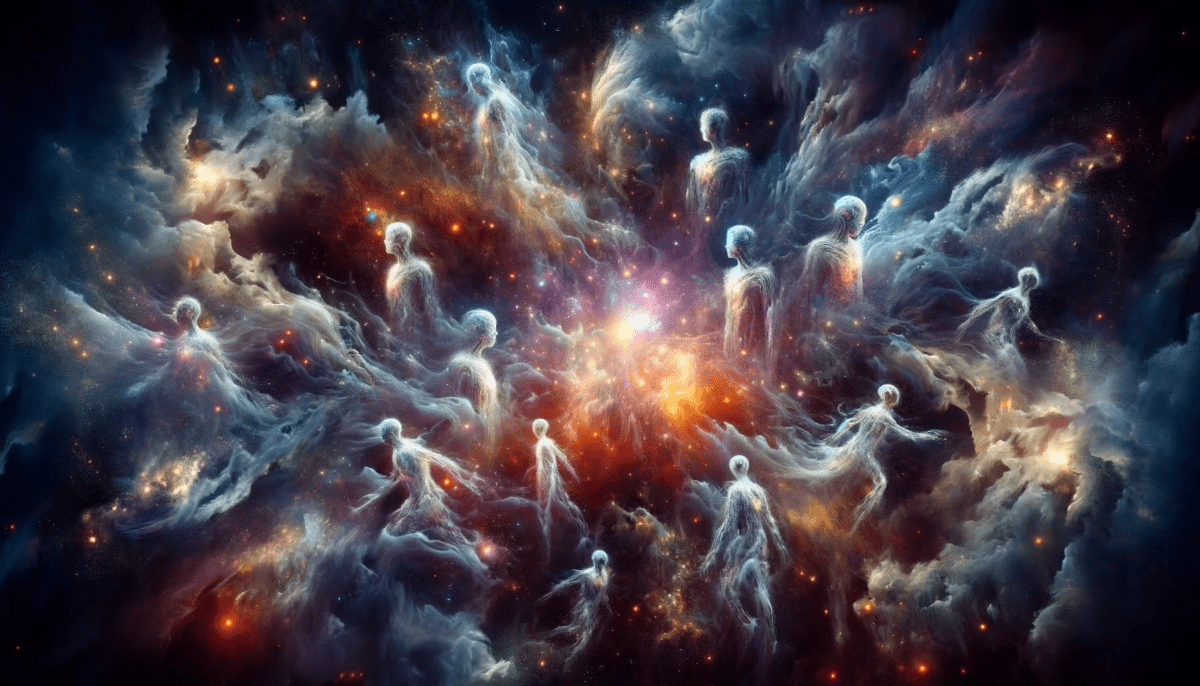
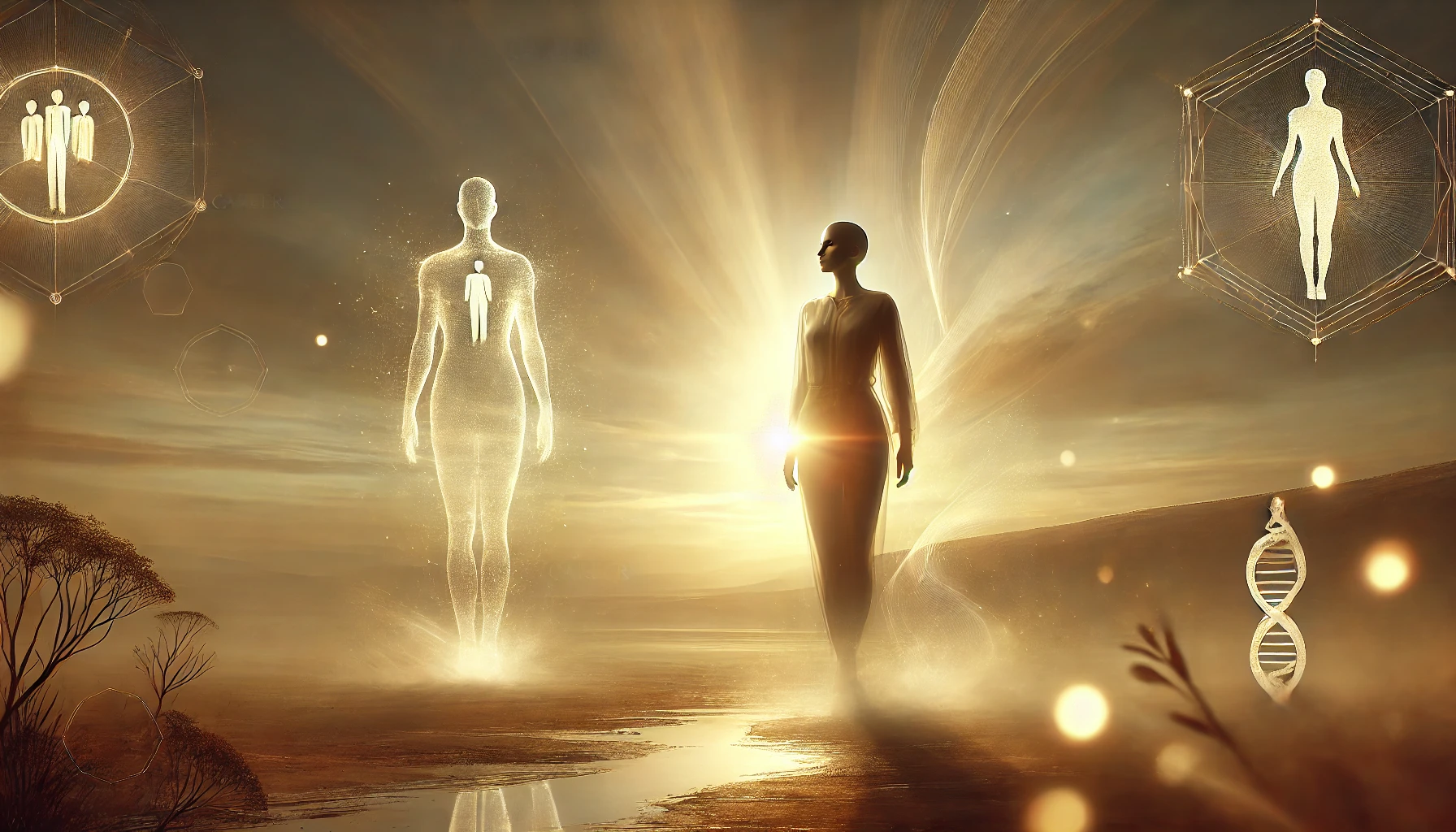
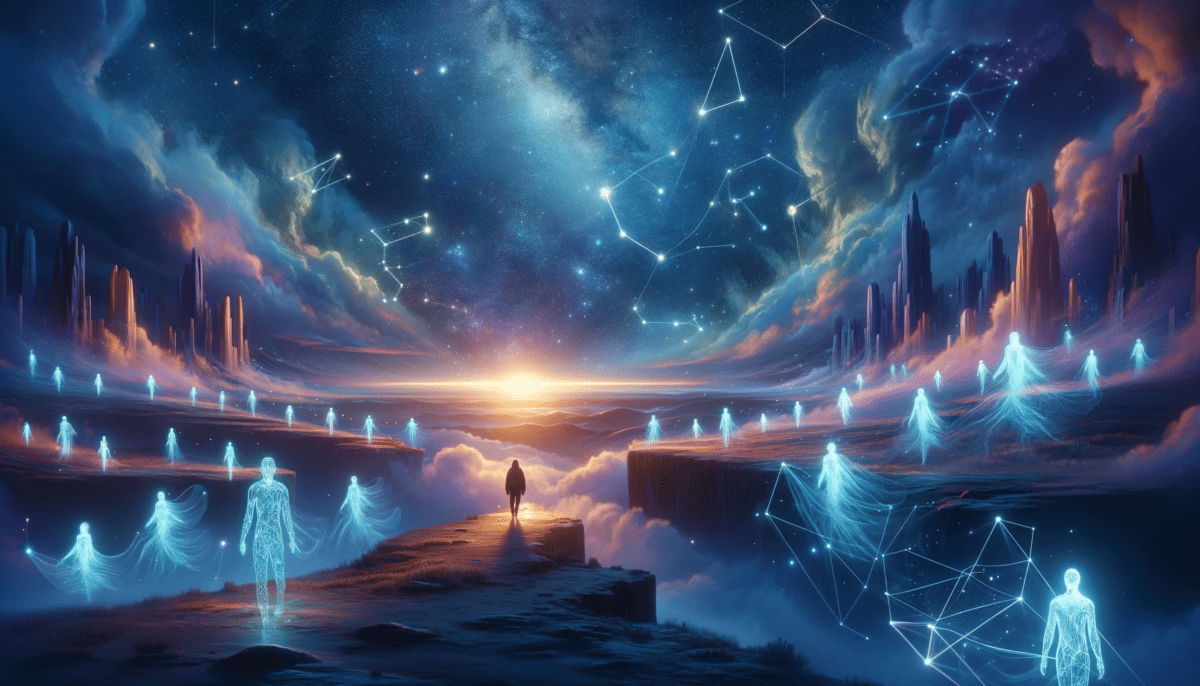
Leave a Reply